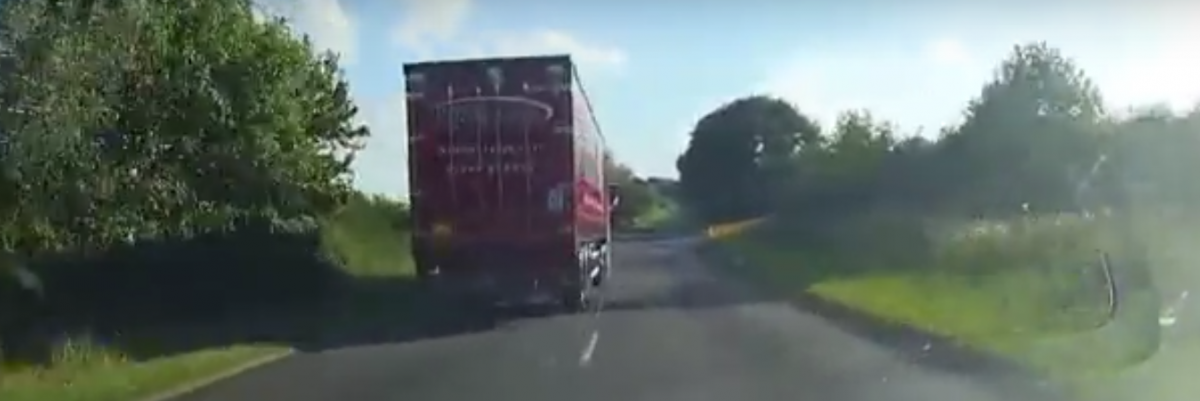Driving at night is the most dangerous time to drive, no matter what weather condition is present. The most dangerous time to drive on any roadway is between the hours of midnight and 6 a.m., especially on the weekends.
A 2017 survey by RoSPA revealed that 40% of all collisions occur in the hours of darkness. And 20% of serious accidents on motorways and monotonous roads in the UK are caused by falling asleep behind the wheel. The main reasons behind this is because of reduced visibility and increased difficulty in judging speed and distance.
This isn’t helped by reduced street lighting. Research from Confused.com reveals that over a third of the UK’s street lights are dimmed and 12% are switched off completely, making driving at night even more difficult.
Familiar routes can pose totally different challenges in the dark so make sure you are wide awake and looking out for pedestrians and cyclists in the gloom.
Luckily, there are some things you can do to improve your safety when driving at night.
-
Know and understand how the lights in your vehicle work. Make sure you understand what Auto Lights and Mainbeam switches do. Note where the Main Beam indicator is on your instrument panel.
-
Read the highway code for the rules regarding use of lights on cars. Remember that some requirements are mandatory and could result is fines and penalties if not obeyed.
-
Ensure that all the lights on your car are functioning as they should.
-
Keep windows clean to avoid increased glare and condensation.
-
Read the road ahead for signs of oncoming drivers – glimmers of light at the top of hills and reflections at bends could be the headlights of other vehicles, giving you advanced warning.
-
Cars behind you with main beam on can be distracting. If you are following another car, no matter how far back, dip you headlights to reduce the risk of ‘mirror dazzle’.
-
On rural roads, drive on full beam whenever possible but dip your lights when faced with, or following, another road user to avoid dazzling them.
-
Help drivers see you in twilight by turning your headlights on before sunset and keeping them on for an hour after sunrise.
-
Reduce your speed, understand the limit of your vision and plan ahead. The limit of your vision at night is often limit of your headlight beam which is where you must be able to stop.
-
Allow more time for your own journey, so you’re not driving under pressure. It’s always advisable to take regular breaks when driving long distances, but this is even more vital when you’re driving overnight.
-
Have your eyes checked regularly for problems which can affect your night vision.
-
Be aware that other road users may behave erratically, so be prepared to give them more space.
-
Watch out for pedestrians, especially near pubs and clubs around closing time. Pedestrians and cyclists can be more difficult to spot, especially if they’re not wearing reflective clothing.
-
If you’re travelling through a rural area at night, it’s possible for a herd of deer to cross the road, so those signs warning you of wild animals you’ll have previously passed will suddenly make sense.
-
If you can, dim your dashboard lights and reduce reflections and avoid reducing your night vision.
-
Carry a basic emergency kit. Anything can happen at night and it is important to be prepared. Having a tool kit, torch, map and a first aid kit (if you don’t have one already) can make a real difference. A fully charged mobile with the details of your breakdown cover is another must.
Coping with headlight glare
If you’re dazzled by an oncoming car then avoid looking at the headlights. Look away from the lights! Keep your attention on the left-hand kerb and try to keep your speed steady. Staring at the headlights will impair your night vision, even after the vehicle has passed.
| Virus-free. www.avg.com |
